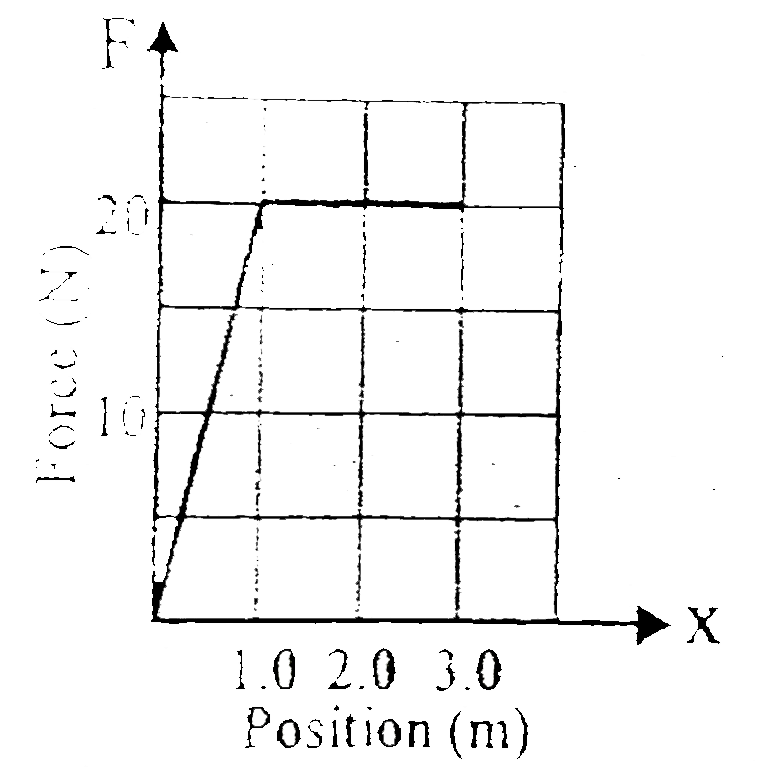Find the mass, the kinetic energy and the momentum of an elactron moving at 0.8c.
Given m0=9.1×10−31
v=0.8c
(a) m'=M0√1−v2c2
=9.1×10−31√1−0.64c2c2
=9.1×10310.6
=15.16×10−31Kg
=15.2×1031Kg
=15.2×10−31Kg
(b) K.E. of the electron
=m'c2−m0c2
(m'−m0)c2
=(15.2×10−31−9.1×10−31)(3×108)2
(15.2−9.1)×9×10−31×1016J
=54.6×10−15J=5.46×10−14J
5.5×10−14J
(c ) Momentum of the given electron
=Apparentmass×givenvelocity
=15.2×10−31kg×0.8×3×108ms
=36.48×10−23Kgms
3.65 xx 10^(-22) kgm / s
Topper's Solved these Questions
- BOOK - HC VERMA ENGLISHCHAPTER - THE SPECIAL THEORY OF RELATIVITYEXERCISE - Short answer2videos
THE SPECIAL THEORY OF RELATIVITY
- BOOK - HC VERMA ENGLISHCHAPTER - THE SPECIAL THEORY OF RELATIVITYEXERCISE - Objective 21videos
THE SPECIAL THEORY OF RELATIVITY
- BOOK - HC VERMA ENGLISHCHAPTER - THE NUCLEOUSEXERCISE - Short answer12videos
THE NUCLEOUS
- BOOK - HC VERMA ENGLISHCHAPTER - THERMAL AND CHEMICAL EFFECT OF ELECTRIC CURRENTEXERCISE - Short Question9videos
THERMAL AND CHEMICAL EFFECT OF ELECTRIC CURRENT
Similar Questions
A particle of mass m, kinetic energy K and momentum p collides head on elastically with another particle of mass 2m at rest. After collision, :
Column IColumn II(A)Momentum of first particle(p)3/4p(B)Momentum of second particle(q)−K/9(C)Kinetic energy of first particle(r)−p/3(D)Kinetic energy of second particle(s)8K9(t)NoneView SolutionAn object is moving so that its kinetic energy is 150 J and the magnitude of its momentum is 30.0 kg-m/s. With what velocity is it travelling?
View SolutionTwo masses, m1 and m2 , are moving with velocities v1 and v2. Find their total kinetic energy in the reference frame of centre of mass.
View SolutionThe graph below shows how the force on a mass depends on the position of the mass. What is the change in the kinetic energy of the mass as it moves from x=0.0m to x=3.0 m ?
 View Solution
View SolutionKinetic energy of a molecule is zero at 0∘C
View Solution(a) A proton is moving at a speed much less than the speed of light. It has kinetic energy K1 and momentum p1. If the momentum of the proton is doubled, so p2=2p1, how is its new kinetic energy K2 related to K−1?
(b)A photon with energy E1 has momentum p1 . if another photon has momentum p2 that is twice p1, how is the energy E2 of the second photon related to E1?View SolutionTwo masses of 1 kg and 16 kg are moving with equal kinetic energy. The ratio of magnitude of the linear momentum is:
View SolutionTwo balls of masses 2 g and 6 g are moving with kinetic energy in the ratio of 3:1. What is the ratio of their linear momentum ?
View SolutionA light and a heavy object have the same momentum. Find out the ratio of their kinetic energies. Which one has a larger kinetic energy ?
View SolutionA rod of mass m spins with an angular speed ω=√gl, Find its a. kinetic energy of rotation. b. kinetic energy of translation c. total kinetic energy.
 View Solution
View Solution

